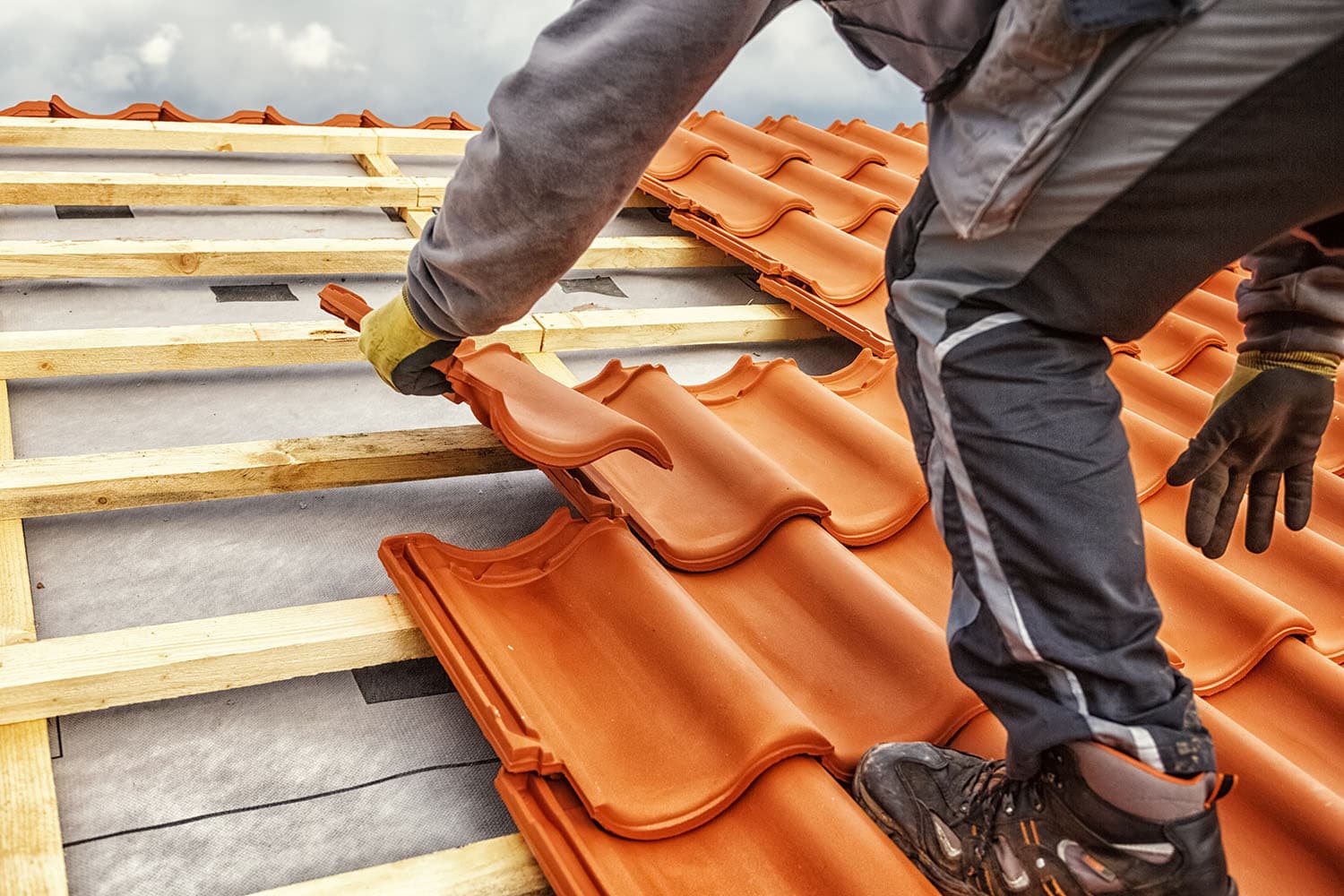How to Review Different Roofing Options for Your Building Needs
Examining roof covering alternatives for your structure requires a thorough strategy that takes into consideration numerous factors such as the planned usage of the framework, regional climate problems, and product qualities - Perrysburg Roofer. It is vital to weigh the advantages and disadvantages of different roof covering types, from asphalt tiles to metal and clay ceramic tiles, while also factoring in preliminary costs and long-lasting upkeep.
Examining Your Structure's Requirements
To successfully evaluate roof alternatives, begin by thoroughly examining your building's requirements. Begin by taking into consideration the building's meant usage, as various frameworks may require differing roof covering specifications. For example, property roofs typically focus on visual appeals and insulation, while industrial structures might concentrate on sturdiness and load-bearing ability.
Following, examine the neighborhood environment problems that will certainly impact roofing efficiency. Elements such as temperature variations, precipitation degrees, and wind patterns can affect material option and style. A roofing system that masters a warm environment might not perform too in areas prone to hefty snowfall or extreme warm.
Additionally, assess the architectural stability of your structure. Guarantee that the existing structure can support the picked roofing products, especially if taking into consideration heavier choices. It is additionally important to review any type of local building ordinance or laws that may determine specific needs for roof.

Comparing Roof Materials
Once an extensive evaluation of your building's needs has been finished, the next action includes comparing various roofing products. Each material supplies distinct advantages and negative aspects, making it vital to align your selection with your particular requirements and scenarios.
Asphalt shingles are commonly identified for their affordability and convenience of setup, making them a popular option for household buildings. On the other hand, metal roof, understood for its toughness and long life, can endure harsh climate conditions but may include a greater first investment.
Clay and concrete tiles supply exceptional thermal insulation and visual appeal, especially for Mediterranean-style architecture, yet they call for an even more robust structural support because of their weight. Wood drinks offer a natural look and excellent insulation properties however might require a lot more upkeep and are prone to fire hazards.
Reviewing Cost and Budget
Evaluating your roof covering choices necessitates a mindful analysis of cost and budget plan factors to consider. The overall budget for a roof covering task consists of numerous factors, including material prices, labor costs, maintenance, and prospective long-lasting cost savings. It is important to establish a clear spending plan prior to discovering particular roof covering products, as this will guide the decision-making procedure and aid you avoid overspending.
Begin by getting quotes from multiple service providers to understand labor costs in your area. Make sure that these quotes consist of all needed check these guys out solutions, such as elimination of the old roofing, installation, and any extra features, like insulation or air flow renovations - Roofing Contractor. Next off, evaluate the price of different roof covering materials, taking into consideration both initial installment costs and anticipated lifespan

Understanding Power Effectiveness
Power effectiveness plays an important role in the option of roof covering materials and systems, considerably influencing both power intake and general convenience within a building. An appropriate roof covering can boost thermal performance, minimizing the requirement for home heating and cooling down systems, which consequently reduces power costs and lessens ecological effect.
When examining roof covering alternatives, think about materials that show instead of absorb heat. Light or reflective roof items can significantly decrease roofing surface area temperatures, causing lower power use during hot months. Furthermore, proper insulation and ventilation are Visit Website important to maximize the energy effectiveness of the whole roof covering system. Insulation prevents warmth transfer, while ventilation alleviates heat accumulation in the attic room area.
An additional vital factor is the roof's long life and maintenance demands. Resilient materials that call for less constant replacement add to lasting energy savings. In addition, the energy efficiency of a roof can additionally be evaluated through its compliance with well established sustainability scores such as ENERGY CELEBRITY or LEED.
Taking Into Consideration Visual Charm
A roof covering's aesthetic charm substantially influences the general look of a structure, enhancing its architectural design and enhancing visual charm. Roofing Contractor. When examining roof covering choices, it is crucial to think about exactly how the picked material, shade, and layout will integrate with the existing framework and community. A properly designed roof covering can raise also the simplest of buildings, transforming them right into aesthetic focal factors
Various roof materials offer different aesthetic qualities. Traditional shingles might evoke a timeless beauty, while steel roof covering can pass on a contemporary, streamlined look. In addition, the shade of the roofing material plays a vital duty; lighter shades can make a building show up more roomy, while darker tones might create a cozier ambiance.
Furthermore, architectural aspects, such as dormers and eaves, can boost the roofing's visual impact. It is advisable to seek advice from specialist developers or designers to make sure the picked roof alternative straightens with the total style intent. Inevitably, a roof must not just provide functional advantages however additionally contribute positively to the structure's aesthetic, reflecting the owner's preference and the character of the surrounding setting.
Conclusion
